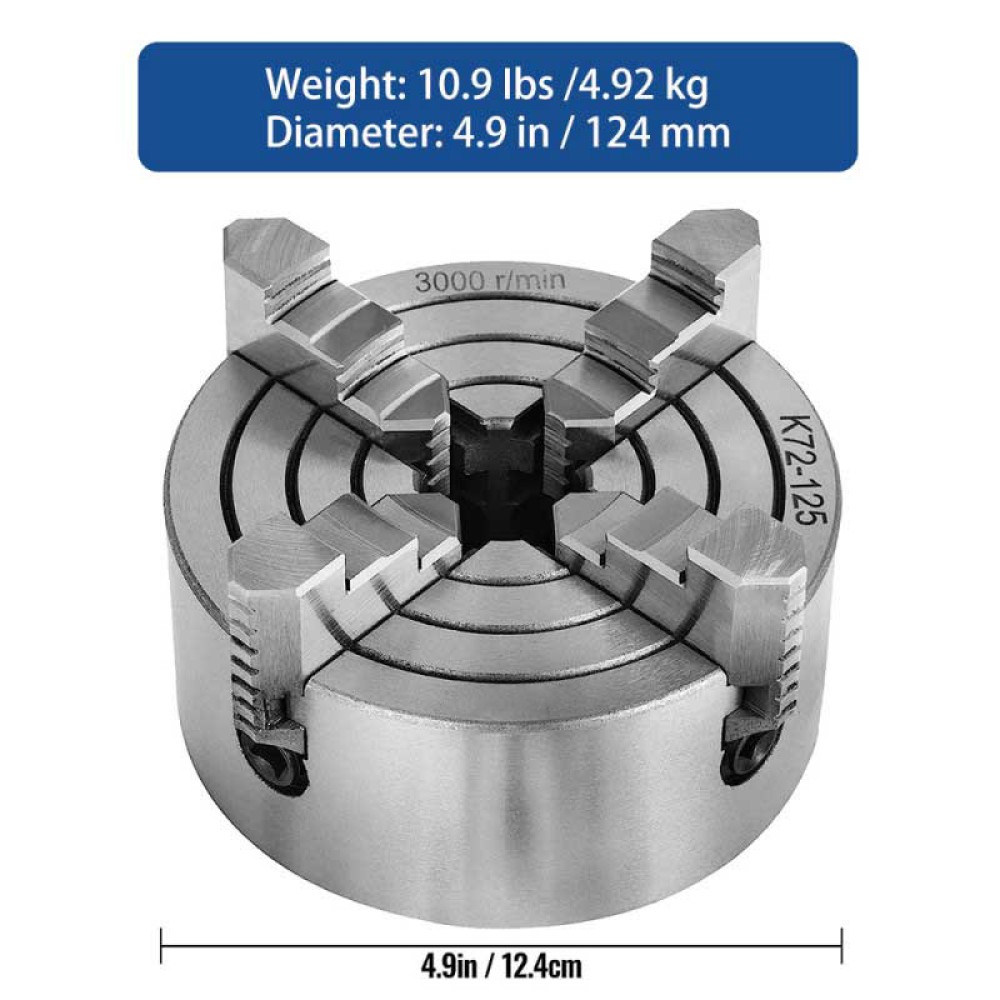An In-depth Look at Chuck and The Applications in Metal Processing
In the field of precision mechanical processing, a chuck is an indispensable tool. It is primarily used to secure work pieces, ensuring they remain stable during machining operations such as turning, drilling, and milling, thus guaranteeing processing accuracy. This article will provide you with a deeper understanding of the types of chucks, their working principles, and their practical applications in production.
Types of Chucks
- Manual Chuck: This is the most common type of chuck, which operates through a hand wheel or lever to drive the jaws to tighten or release the work piece. It is suitable for small-scale production and maintenance tasks.
- Hydraulic Chuck: Utilizing a hydraulic system to provide power, it achieves rapid and uniform clamping of the work piece. It is widely used in automated production lines, especially in large-scale production where frequent work piece changes are required.
- Pneumatic Chuck: Similar to hydraulic chucks, but uses compressed air as the power source. It features fast response and simple operation, making it suitable for applications where clamping force requirements are not extremely high.
- Electric Chuck: Driven by an electric motor, it can achieve precise control over the clamping force, making it ideal for high-precision machining needs.
Working Principle
The working principle of a chuck mainly involves moving the jaws to clamp or release the workpiece. The movement of the jaws is driven by a central shaft. When the central shaft rotates, it moves the jaws radially outward or inward through internal threads or other mechanisms, thereby securing workpieces of different diameters. For automated chucks (such as hydraulic, pneumatic, and electric chucks), they are equipped with sensors and control systems to ensure the accuracy and safety of the clamping process.
Application Scenarios
- Automotive Manufacturing: In the processing of automotive parts, chucks are used to secure various shapes and sizes of components, ensuring processing accuracy and efficiency.
- Aerospace Industry: For highly demanding machining tasks, such as the manufacture of aircraft engine components, high-precision electric or hydraulic chucks are essential.
- Precision Instrument Manufacturing: When producing small and complex parts, specialized small chucks are used to ensure that every detail meets design specifications.
- General Mechanical Processing: Whether in small workshops or large factories, chucks are a standard configuration for everyday use on lathes, drills, and other equipment.
Conclusion
With technological advancements, the design of chucks is continuously innovating, focusing on improving processing efficiency and product quality while also considering the safety and convenience of operation. Choosing the right chuck is crucial for enhancing processing accuracy and reducing production costs. We hope this article helps you better understand chucks and their importance, providing inspiration and assistance for your mechanical processing projects.
If you have any questions about the selection, use, or maintenance of chucks, feel free to leave a comment and join the discussion!


